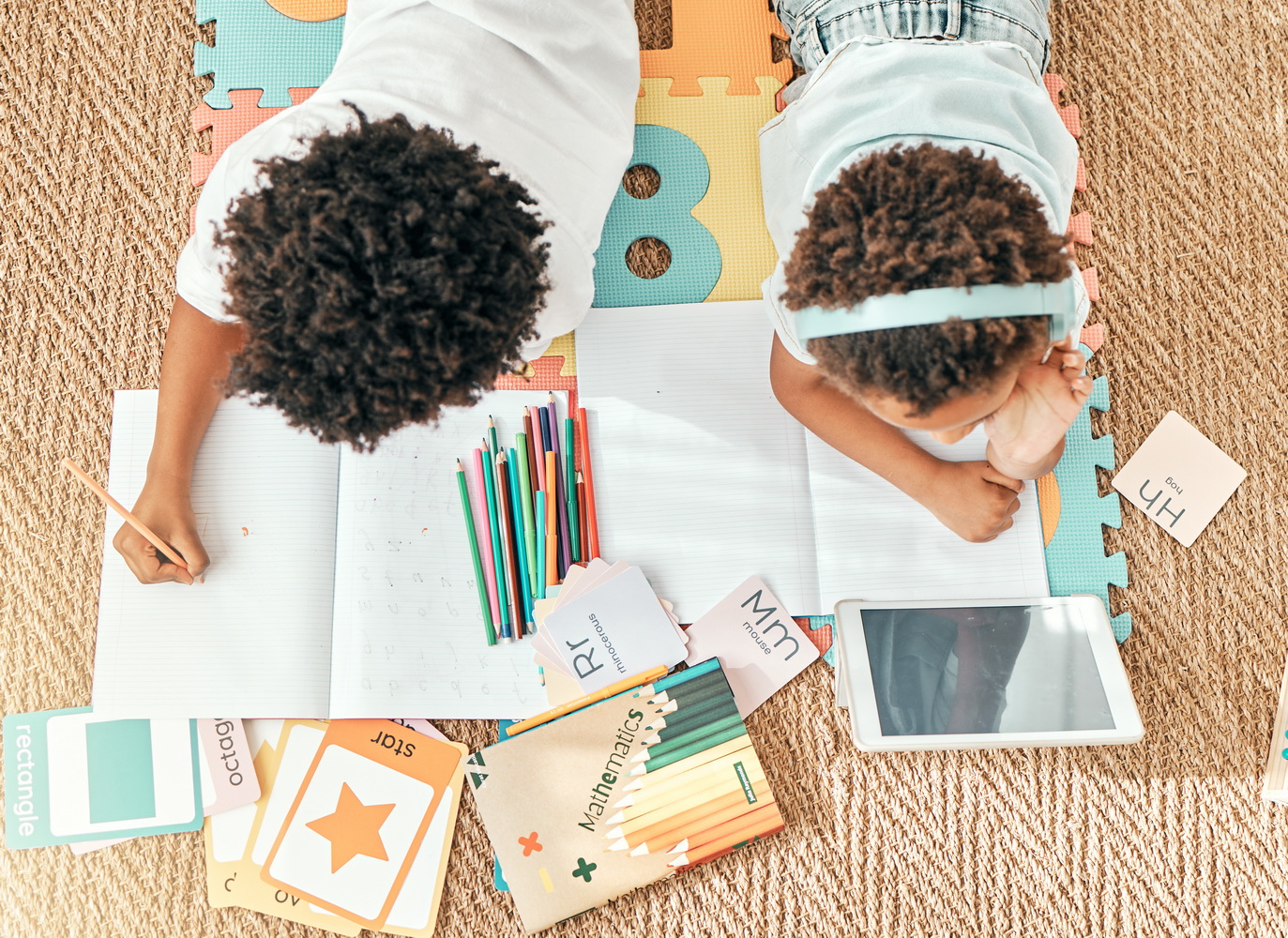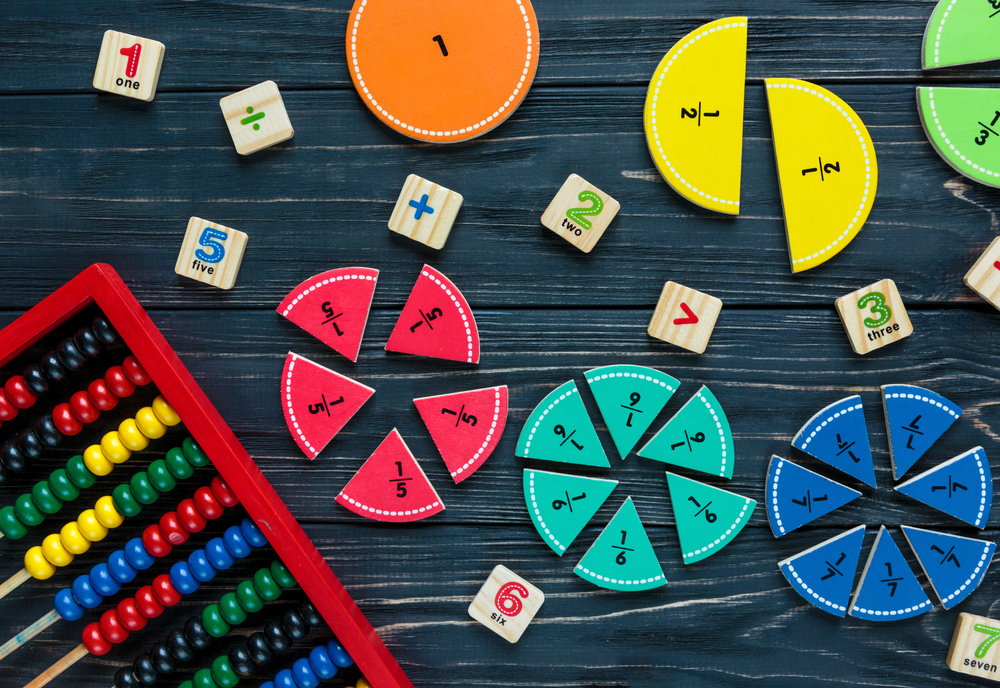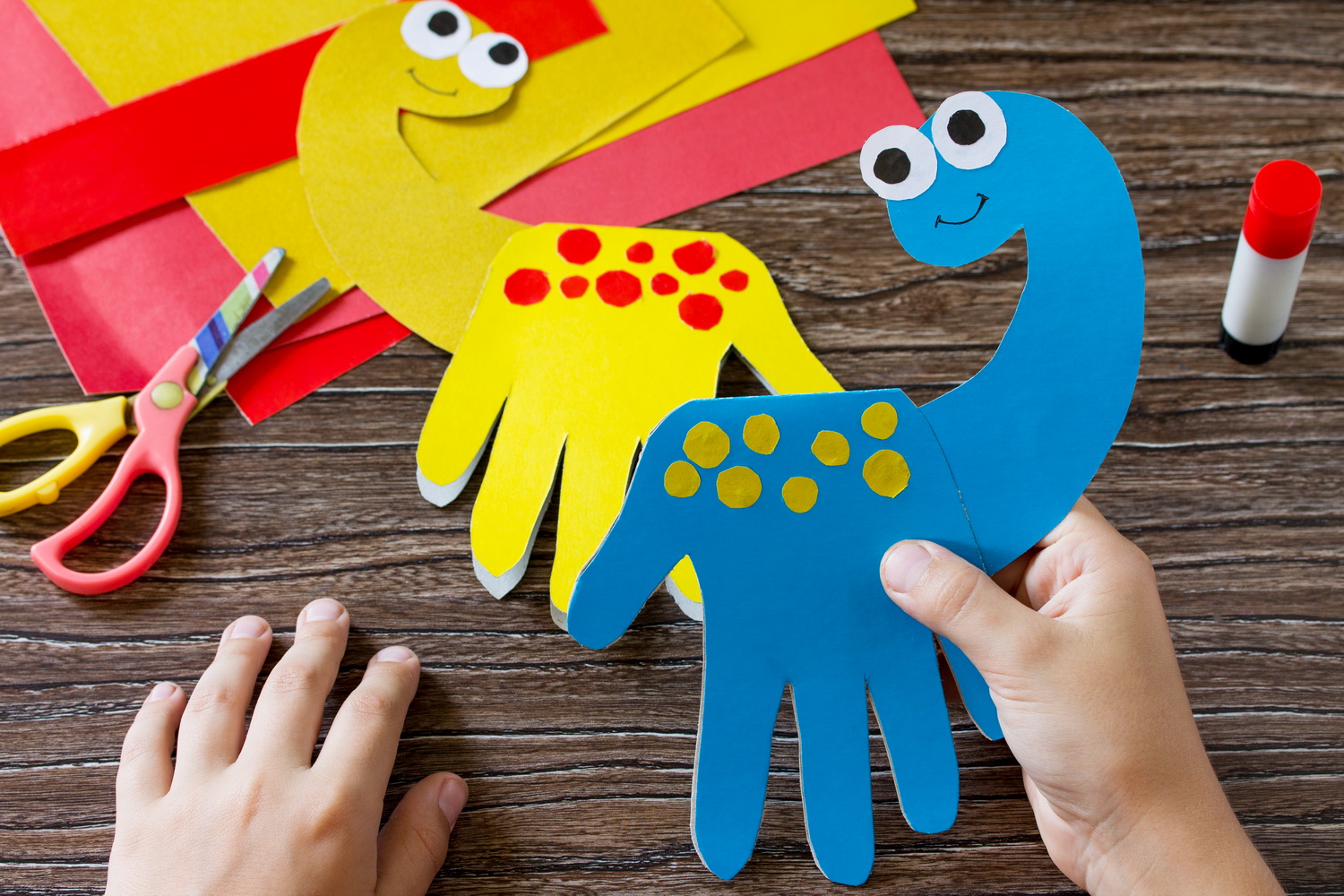Improving observation Worksheets for Ages 4-9
3 filtered results
-
From - To
Discover the perfect resources to enhance your child's observation skills with our expertly crafted worksheets tailored for kids aged 4-9. Designed to stimulate curiosity and attention to detail, these printable worksheets cover a range of engaging activities that develop critical thinking and visual perception. Our age-appropriate tasks help children identify patterns, spot differences, and build foundational skills essential for learning. Boost your little one's cognitive abilities while making learning fun and interactive. Join our community now and take the first step towards sharpening your child's observational prowess with Kids Academy’s trusted resources.
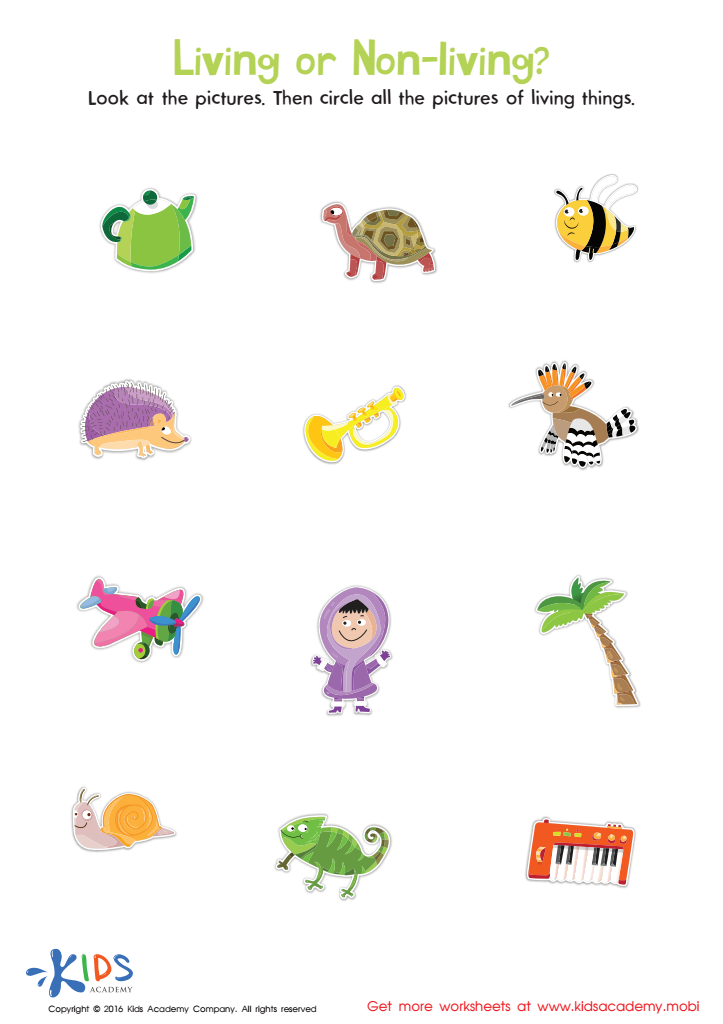

Identifying Living and Non–living Things Sorting Worksheet
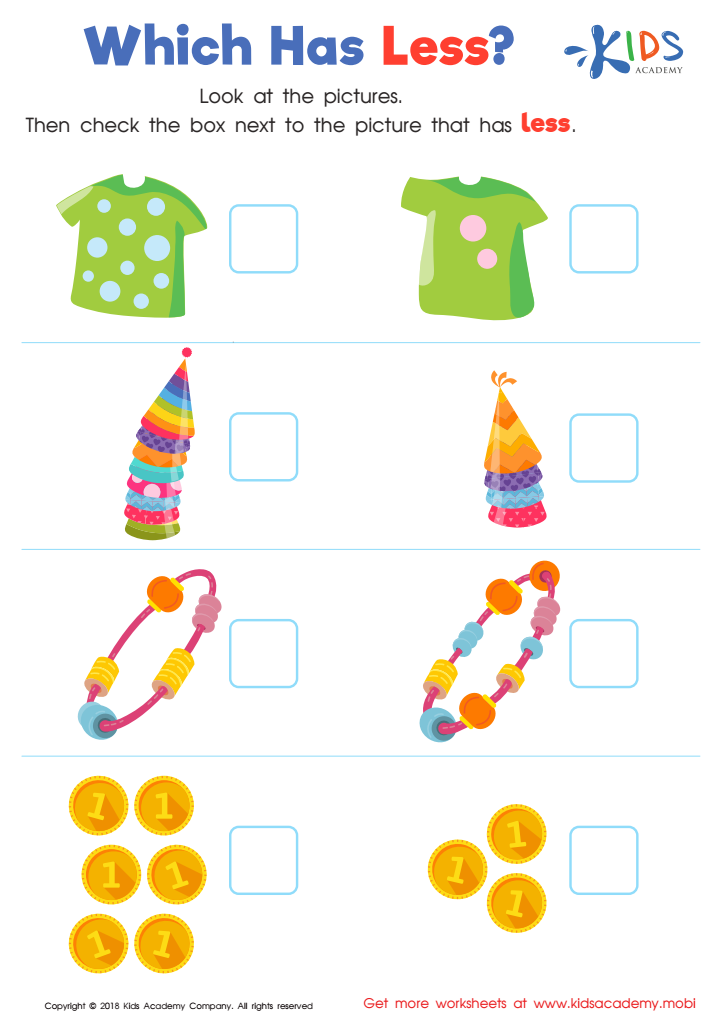

Which Has Less? Worksheet
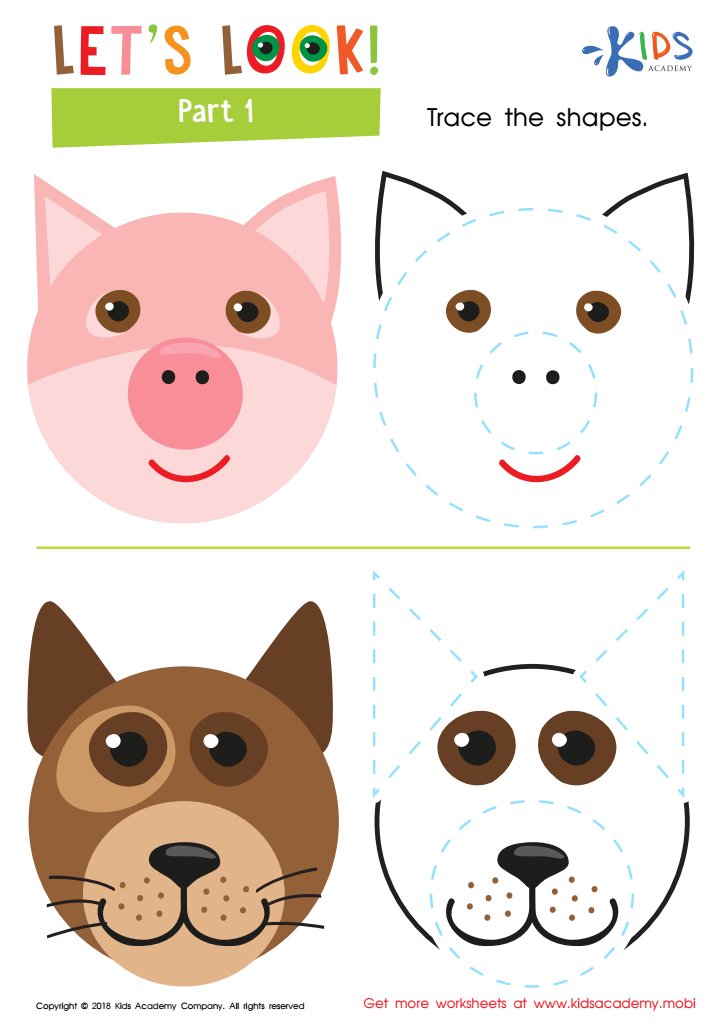

Let's Look! Part 1 Worksheet
Improving observational skills in children aged 4-9 is crucial for their cognitive and social development. At this formative stage, children's brains are highly receptive to new information, and honing their ability to keenly observe their surroundings fosters wonder, curiosity, and a lifelong love of learning.
First, strong observational skills enhance academic performance. By paying close attention, children notice details in instructions, recognize patterns, and understand concepts better in subjects like science, math, and reading. For instance, observing experiments in science can make abstract ideas tangible, laying the groundwork for future understanding.
Second, observing aids social development. Children learn to read emotions and body language, enabling them to respond empathetically and build stronger interpersonal relationships. This equips them with essential life skills like communication, cooperation, and conflict resolution.
Third, good observation fosters creativity and problem-solving. When children notice the intricacies of their environment, they become better at identifying problems and envisioning innovative solutions. Art and story-telling are examples where keen observation can spark more imagination.
Lastly, active observation promotes mindfulness and a deeper connection with the world. It encourages children to be present, enhancing focus and reducing stress. Therefore, guiding children to develop sharp observational skills lays a solid foundation for their overall growth and success in life.
 Assign to My Students
Assign to My Students


